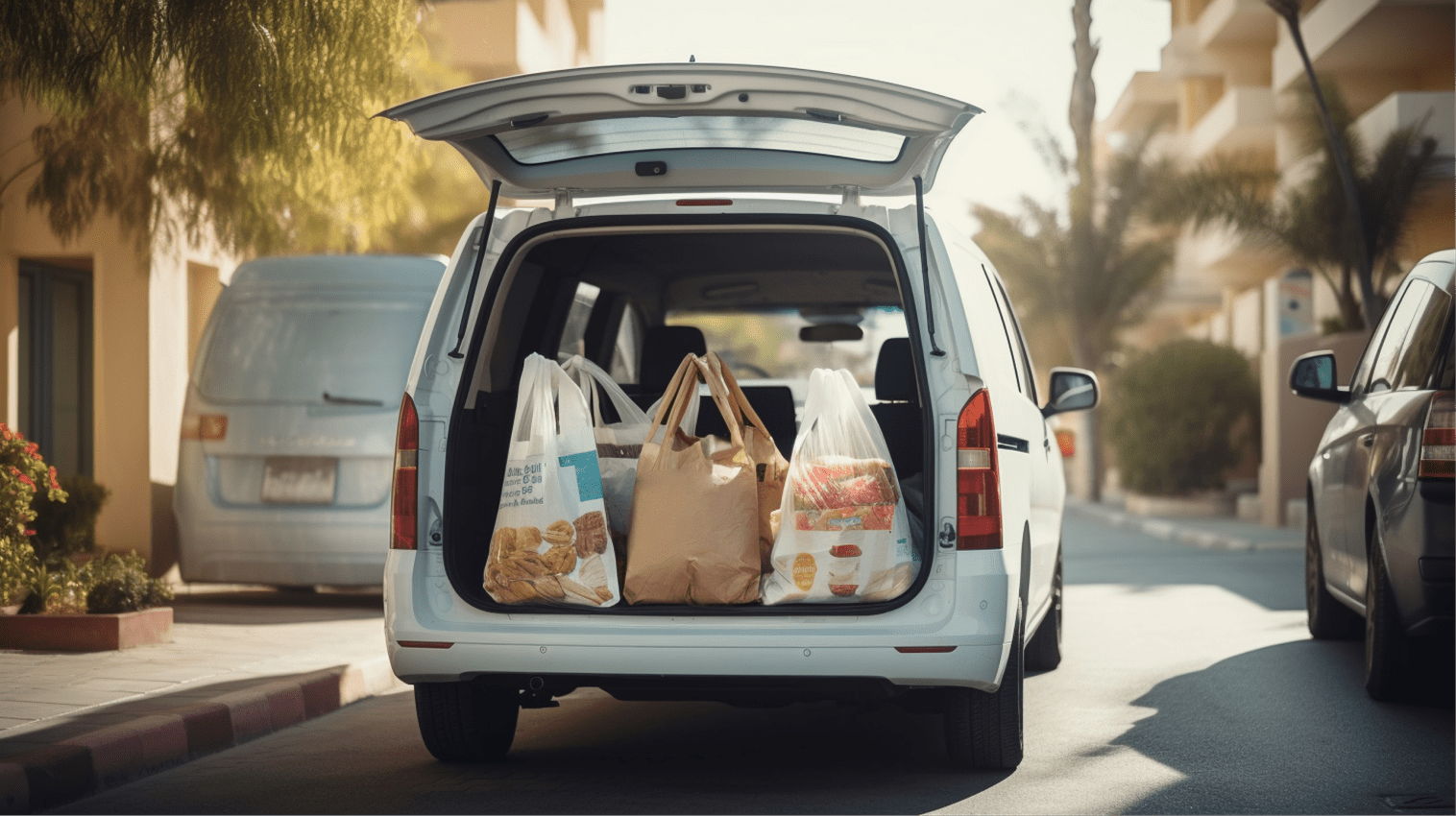Yango Tech and Surtifamiliar Partner for Next-Generation AI-Powered Grocery E-commerce in Colombia


Last-mile delivery, often referred to as the final stage of the delivery process, is the crucial step in getting goods from a transportation hub to their ultimate destination, typically the customer's doorstep or a designated pickup location. In the realm of logistics and e-commerce, Last-mile delivery plays a pivotal role in ensuring customer satisfaction and efficient operations.
Last-mile delivery involves the intricate coordination of various elements, starting from the fulfillment center or warehouse where orders are processed and packaged. Once the packages are ready for shipment, they are transported to distribution centers or local hubs strategically positioned to optimize delivery routes.
From these hubs, delivery vehicles, ranging from vans to bicycles, are dispatched to navigate the final leg of the journey. In some cases, companies utilize third-party delivery services or crowdsourced platforms to handle last-mile delivery, further diversifying the logistics landscape.

The last mile holds immense significance due to its direct impact on customer satisfaction and loyalty. It is the point where businesses have the opportunity to make a lasting impression on customers through timely and seamless deliveries.
In today's fast-paced world, where convenience reigns supreme, a positive last-mile delivery experience can be a key differentiator for companies, especially in highly competitive sectors such as e-commerce and retail.
Despite its importance, last-mile delivery poses significant challenges, chief among them being high operating costs. The intricate network of transportation, labor, and technology required to execute last-mile delivery efficiently can substantially inflate expenses for businesses. Factors such as fuel prices, labor wages, and vehicle maintenance contribute to the overall cost burden, prompting companies to constantly seek cost-effective solutions.
When a package is marked as "accepted by last mile," it indicates that the item has been transferred to the final stage of the delivery process, where it will be transported to its destination, typically the customer's address. This status signifies that the package is now in the hands of the last-mile delivery provider or last-mile team of the company and is en route for delivery.
The duration of the last-mile delivery varies depending on factors such as distance, traffic conditions, and delivery volume. In urban areas, last-mile deliveries may take anywhere from a few hours to a day, while in rural regions, delivery times may extend to multiple days. Factors like the time of day, weather conditions, and the efficiency of the delivery network also influence delivery times.
Several factors can affect the duration of the last-mile delivery. These include the distance between the distribution center and the delivery location, traffic conditions along the route, the availability of delivery personnel, and any unforeseen delays such as road closures or adverse weather conditions. Additionally, the type of goods being delivered and any special delivery requirements can impact the time needed for last-mile delivery.
Businesses can employ various strategies to optimize last-mile delivery times and improve overall efficiency. This may include investing in advanced routing and scheduling software to optimize delivery routes, leveraging real-time tracking technology to monitor delivery progress, and implementing efficient loading and unloading processes at distribution centers.
Additionally, partnering with reliable and experienced delivery providers and continuously evaluating and refining delivery operations can help streamline the last-mile delivery process.
Last-mile delivery poses several challenges for businesses and delivery providers alike. Common challenges include traffic congestion, parking restrictions, difficulty accessing delivery locations such as apartment buildings or gated communities, and the need for timely communication with customers regarding delivery updates or changes.
Additionally, ensuring the safety and security of packages during transit and minimizing the risk of theft or damage is a constant concern for businesses operating in the last-mile delivery space. Balancing speed, cost, and quality in last-mile delivery remains a persistent challenge for businesses striving to meet evolving consumer demands.

Providing a positive customer experience during last-mile delivery is essential for fostering customer satisfaction and loyalty. Businesses can achieve this by offering flexible delivery options such as same-day or next-day delivery, providing accurate and transparent tracking information, and implementing efficient and reliable delivery processes. Additionally, maintaining open lines of communication with customers, resolving delivery issues promptly, and soliciting feedback to continually improve the delivery experience can help businesses meet and exceed customer expectations.
The first-mile refers to the initial stage of the delivery process, where goods are collected from the supplier or manufacturer and transported to distribution centers or fulfillment centers. In contrast, last-mile delivery involves transporting packages from these centers to the end consumer's location.
In conclusion, last-mile delivery represents the final frontier in the logistics chain, where efficiency and customer satisfaction intersect. By understanding the intricacies of last-mile delivery and addressing its challenges effectively, businesses can streamline operations, reduce costs, and enhance the overall delivery experience for consumers.